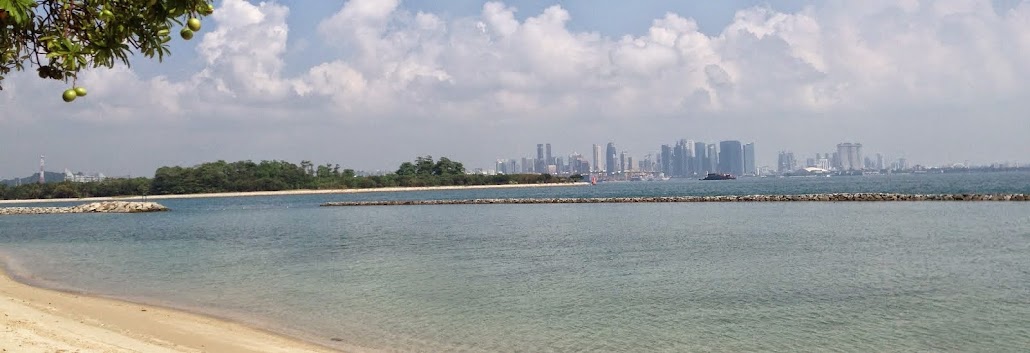I had interacted with a foreign student who had stayed in Singapore's high-rise apartment for three weeks. He was here for an exchange programme. He shared about how he had to bag his rubbish everyday and from his 10-storey apartment, made his way down to the rubbish bin to dispose of his rubbish. He only found out that there's a rubbish chute in each apartment only on the last day of his stay. We laughed over the gaffe but in truth, we forget that having rubbish chutes in high rise is uniquely Singapore.
I'd also just returned from, my holiday in Sarawak. I stayed in a condominium which I'd booked through Airbnb. In this condominium, residents are able to also dispose their refuse on the level that they are staying. However, it's not a rubbish chute that they have, but elongated squarish green rubbish bins enclosed in a rubbish area.
 | |
| Forfar House. Source: http://www.mycommunity.org.sg/heritage/princess-trail/38-former-forfar-house-3.html |
So the Singapore version of the rubbish chutes is truly unique to our country. In-home rubbish chutes have been ever present in public houses since the 1950s. An example of rubbish chutes in a high rise flat can be seen in an article lauding the launch of this now famous building called Forfar House. This public block of flats was built by the former our public housing authority - Singapore Improvement Trust (SIT). (Minister to open sky flats tomorrow, 1956)
"All kitchens are served by built-in refuse chutes running the full height of the building and discharging into removal bins at ground level".
 |
| That's me in 1977. Can you find the opening of the rubbish chute? |
Of course, rubbish chutes are not unique only to Singapore, but with more than 80% of our population living in government-built high rise apartments, most of us would have experienced the use of rubbish chutes.
 |
| Modern Day Rubbish Chute Found In the Lobby Area |
Over the years, there were interesting stories coming out from it, and it's not just rubbish we are talking about.
There were fires that were started from flat dwellers throwing charcoal down the rubbish chutes in the 1980s. Those were the time where charcoal stoves cooking was still a norm. It was reported that fire incidents rose during the Lunar New Year period as people threw charcoal down the rubbish chutes. What charcoal? The new generation of Singapore will find this unthinkable now as very few households now use charcoal to do their cooking. But there was a time where family matriarchs professed that the food cooked by using charcoal tasted better. Charcoal stoves were used to prepare food items such as boiling soup to preparing loveletters.
"...the rubbish chutes, which have been conveniently built into their flats, are an important part of their property, to be utilised in a proper manner" (Ministry of Culture)
In the same news release, residents were encouraged to bag their refuse using plastic bags.
How times have changed!
References
Ministry of Culture. March 13, 1982. Speech by Mr Lee Yock Suan. Press Release.
Firemen to give talk at CCs. February 25, 1985. The Straits Times. P9.
Minister to open sky flats tomorrow. October 23, 1956. The Straits Times. P7.
Public Housing - A Singapore Icon. Housing Development Board. Retrieved on: June 26, 2017, from
http://www.hdb.gov.sg/cs/infoweb/about-us/our-role/public-housing--a-singapore-icon
